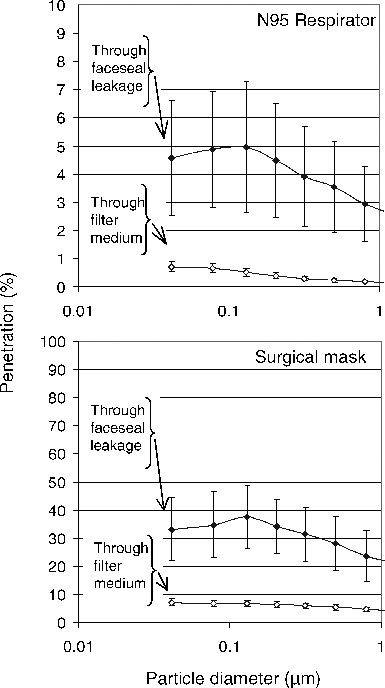


 Japan's nuclear disaster is a factor that we must protect ourselves against; from nuclear fallout. The Ground Zero workers suffered from life-long lung conditions as a result of inward leakage between face and respirator. Breathe Safely offers a solution to the disastrous problems caused by respirator failure.
Japan's nuclear disaster is a factor that we must protect ourselves against; from nuclear fallout. The Ground Zero workers suffered from life-long lung conditions as a result of inward leakage between face and respirator. Breathe Safely offers a solution to the disastrous problems caused by respirator failure. 
